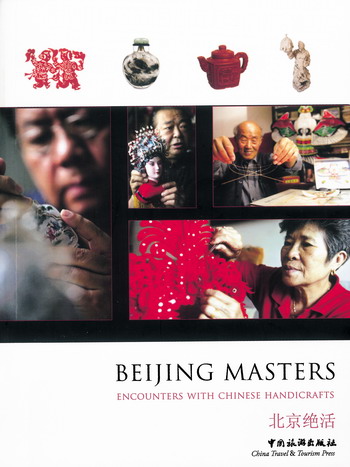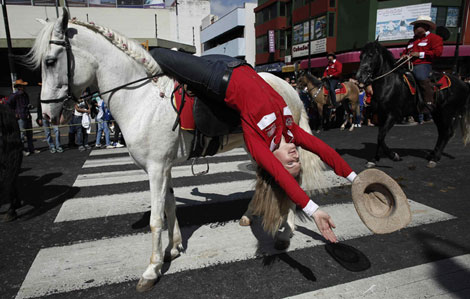
Speaking of Chinese handicrafts, there was one classic work compiled during ancient China Kaogong ji, or The Records of Examination of Craftsman, which was used to guide the handicraft industries. The book contains a well-known saying that is often quoted by modern Chinese: “The wise create things; the dexterous inherit and preserve them.”
After thousands of years, the accelerated pace of industrialization and urbanization damaged to varying degrees the surroundings on which China’s cultural heritage relies for existence, leading to a decreasing number of dexterous craftsmen who insisted on inheriting and preserving the arts created by their ancestors. Comfortingly, China has made great efforts in safeguarding its colorful intangible heritage since its signing of the UNESCO Convention for the Safeguarding of Intangible Cultural Heritage in 2004.
Today, those who inherit and preserve the creative arts not only include the dexterous craftsmen, but also many other people who participate in the safeguarding efforts from various angles. Chen Xiaorong, the author of Beijing Masters: Encounters with Chinese Handicrafts, is one of them.
As a then culture reporter for China Daily, a well-known national English-language newspaper in China, she interviewed Yang Fuxi in 2006, a Beijing bowmaker, which landed her on a new beat, covering traditional Chinese handcrafts. It then occurred to her that in Beijing, a city whose history can be traced back to 3,000 years and was brimming with colorful crafts, was also filled with many craftsmen who were living hard lives and who had descendants unwilling to learn and pass the crafts down to new generations, thus moving handicrafts to the verge of extinction.


 Post-baby Duchess
Post-baby Duchess
 Victoria Beckham S/S 2014 presented during NYFW
Victoria Beckham S/S 2014 presented during NYFW
 'Despicable' minions upset Depp's 'Lone Ranger' at box office
'Despicable' minions upset Depp's 'Lone Ranger' at box office
 'Taken 2' grabs movie box office crown
'Taken 2' grabs movie box office crown
 Rihanna's 'Diamonds' tops UK pop chart
Rihanna's 'Diamonds' tops UK pop chart
 Fans get look at vintage Rolling Stones
Fans get look at vintage Rolling Stones
 Celebrities attend Power of Women event
Celebrities attend Power of Women event
 Ang Lee breaks 'every rule' to make unlikely new Life of Pi film
Ang Lee breaks 'every rule' to make unlikely new Life of Pi film















